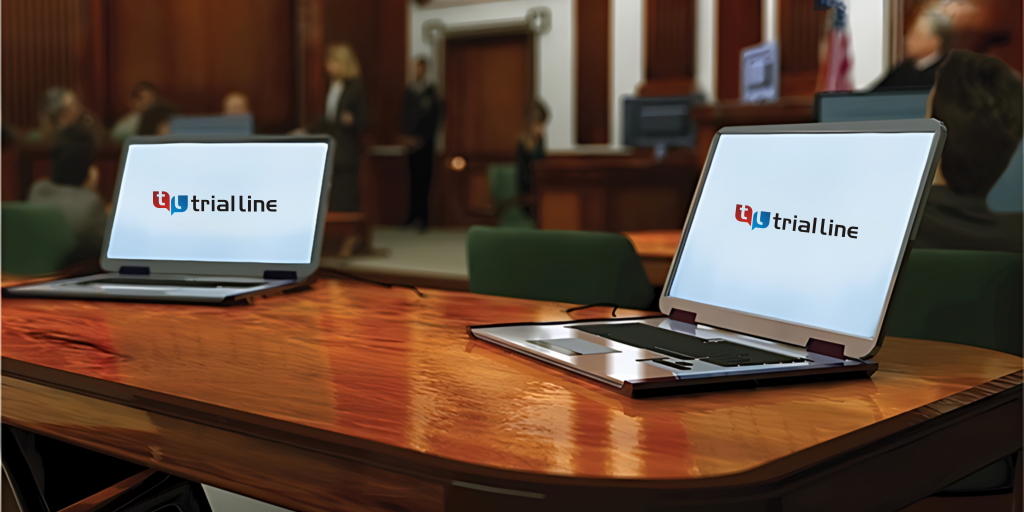Why Trial Presentations Are Key for Effective Cross-Examination in Court
Why Trial Presentations Are Key for Effective Cross-Examination in Court
Blog Article
The Power of Visuals in Trial Presentations for a Winning Argument
The assimilation of visuals in trial discussions has actually emerged as a vital variable in successfully interacting complicated disagreements to jurors. By using numerous types of visual help-- be it diagrams, photos, or computer animations-- attorneys can enhance understanding and retention, eventually forming the jury's assumption of the instance.
Significance of Visuals in Tests
In numerous lawful setups, visuals play an essential function in enhancing the efficiency of trial discussions. The integration of aesthetic aspects can dramatically impact jurors' understanding and retention of complex info, therefore shaping their understandings and choices. Visuals, such as graphes, layouts, and pictures, can simplify complex stories, making them much more accessible and compelling.
Furthermore, the human mind procedures aesthetic information a lot more efficiently than message, which underscores the value of including visuals right into legal arguments. By translating dense legal ideas into aesthetic formats, lawyers can help with clearer communication, making certain that bottom lines are not ignored throughout trials.
Additionally, visuals serve to engage jurors on an emotional level, fostering a connection to the case that words alone might fall short to accomplish. The calculated use visuals can evoke compassion, motivating jurors to consider the human aspects of the case.
Eventually, the importance of visuals in trials exists in their capability to boost quality, boost juror involvement, and enhance the story being provided. This powerful combination is important for crafting convincing arguments that reverberate with jurors and affect the result of legal procedures.
Kinds Of Visuals to Utilize
Efficient trial presentations can greatly benefit from a variety of aesthetic devices that satisfy various facets of the instance. trial presentations. Making use of layouts and graphes can effectively break down intricate information, making it a lot more digestible for jurors. Flowcharts can illustrate the series of events, while bar graphs might succinctly contrast relevant information factors.

Animations and simulations can additionally play a critical function, particularly in instances involving technological data or elaborate scenarios. These visuals can dynamically stand for processes or activities, offering quality and engagement that static images might not attain.
Furthermore, infographics integrate text and visuals to sum up essential details effectively. They can present timelines, statistics, and substantial case points in an aesthetically appealing way, making it less complicated for jurors to adhere to the disagreement.
Enhancing Comprehension and Retention

Enhancing comprehension and retention during trial discussions is important for making sure that jurors comprehend the crucial aspects of an instance. Aesthetic aids work as effective devices in this regard, converting complicated information into quickly absorbable formats. By using graphes, layouts, and infographics, attorneys can streamline intricate data and emphasize bottom lines that might otherwise be ignored.
Research studies have revealed that individuals retain information significantly better when it is provided aesthetically. This is particularly important in a trial setting, where jurors may be overwhelmed by the volume of evidence and testament. By purposefully integrating visuals, lawyers can route jurors' interest to one of the most vital elements of the situation, enhancing their understanding and memory of the product provided.

Creating Involving Discussions
Fascinating jurors' attention throughout trial presentations is crucial for conveying a compelling narrative. Involving discussions take advantage of aesthetic aspects to create a remarkable experience that reverberates with jurors. The tactical use graphics, computer animations, and videos can elucidate complex details, making it extra easily accessible and relatable.

Additionally, integrating narration techniques can improve involvement. Presenting evidence in a rational sequence that develops psychological charm allows jurors to link with the material on a personal degree. Varying presentation formats, such as including brief video or interactive components, can likewise sustain interest and attention throughout the trial.
Ultimately, an engaging presentation fosters a more extensive understanding of Visit Your URL the instance, enabling jurors to better appreciate the disagreements being offered and resulting in an extra beneficial end result.
Instance Research Studies and Success Stories
Numerous case researches highlight the substantial influence of visuals in test discussions, showing their capability to affect juror understandings and eventually the results of instances. For instance, a notable instance involving an individual injury claim highlighted how the usage of a 3D animation of the mishap scene cleared up complex information. Jurors reported really feeling more enlightened and understanding, substantially swaying their choice for the complainant.
In an additional instance, a business litigation instance utilized infographics to existing financial information and timelines, making detailed details obtainable. The graph enabled jurors to grasp the subtleties of the case more effectively than verbal explanations alone. trial presentations. Consequently, the jury returned a judgment that surpassed the customer's assumptions
The engaging visuals not just helped in creating doubt however additionally resonated psychologically with jurors, leading to a pardon. These success stories emphasize the need of incorporating visuals into trial discussions, as they boost understanding, retention, and ultimately, the persuasive power of legal disagreements.
Verdict
To conclude, the calculated unification of visuals in trial presentations dramatically enhances browse around this site jurors' comprehension and retention of complex information. By utilizing various kinds of visuals, lawyers can efficiently clear up bottom lines and foster psychological links with the audience. Engaging presentations, sustained by compelling situation studies, show the extensive influence that visuals can have on influential interaction. Ultimately, the power of visuals offers as a crucial component in achieving favorable trial outcomes.
Report this page